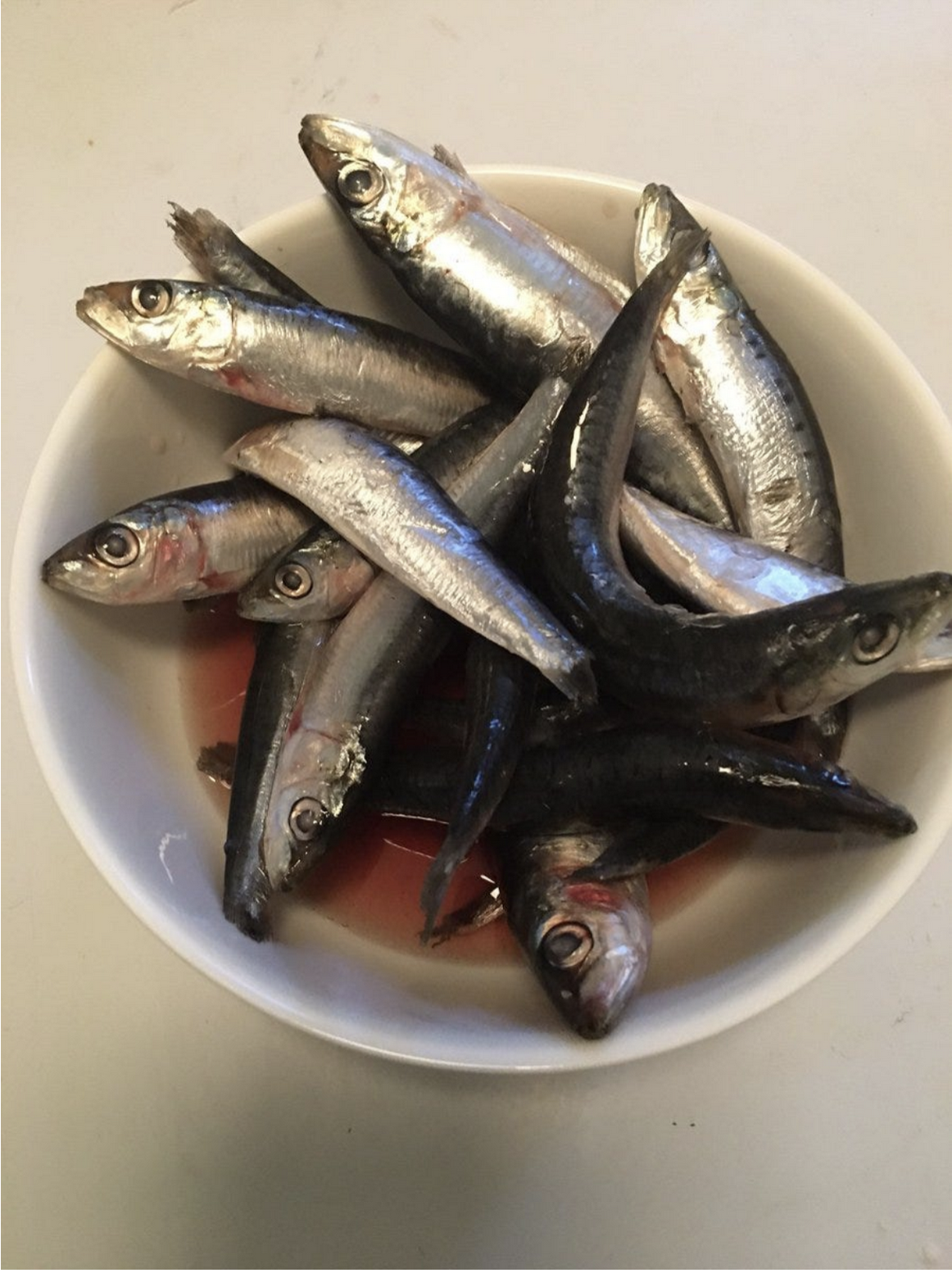Updated for the contemporary kitchen.
For the last four years, I’ve been researching and writing a book about the anthropology and archaeology of food—The Lost Supper: Searching for the Future of Food in the Flavors of the Past. It’s a deep dive into what the past of food can tell us about what we’ll be eating in the future, an especially important subject I think, given the precipitous decline of diversity in animal breeds, crop landraces, and plant varieties. It’s going to be published by Greystone in Sept. 2023.
I decided early on that I was going to take the spirit of experimental archaeology to heart, and try to recreate as many of these historic, and prehistoric, foods as I could in my own kitchen. I’ll be sharing what I’ve discovered in my travels, but also how the experience has changed what I and my family eat.
It took four months of fermentation, but I made my own garum (or more accurately, liquamen), a fish sauce, possibly of Phoenician origins, that was widely used in the ancient world. I can now confirm it was under the supervision of Sally Grainger, world's leading authority on the subject, author of The Story of Garum. Here's how I did it...
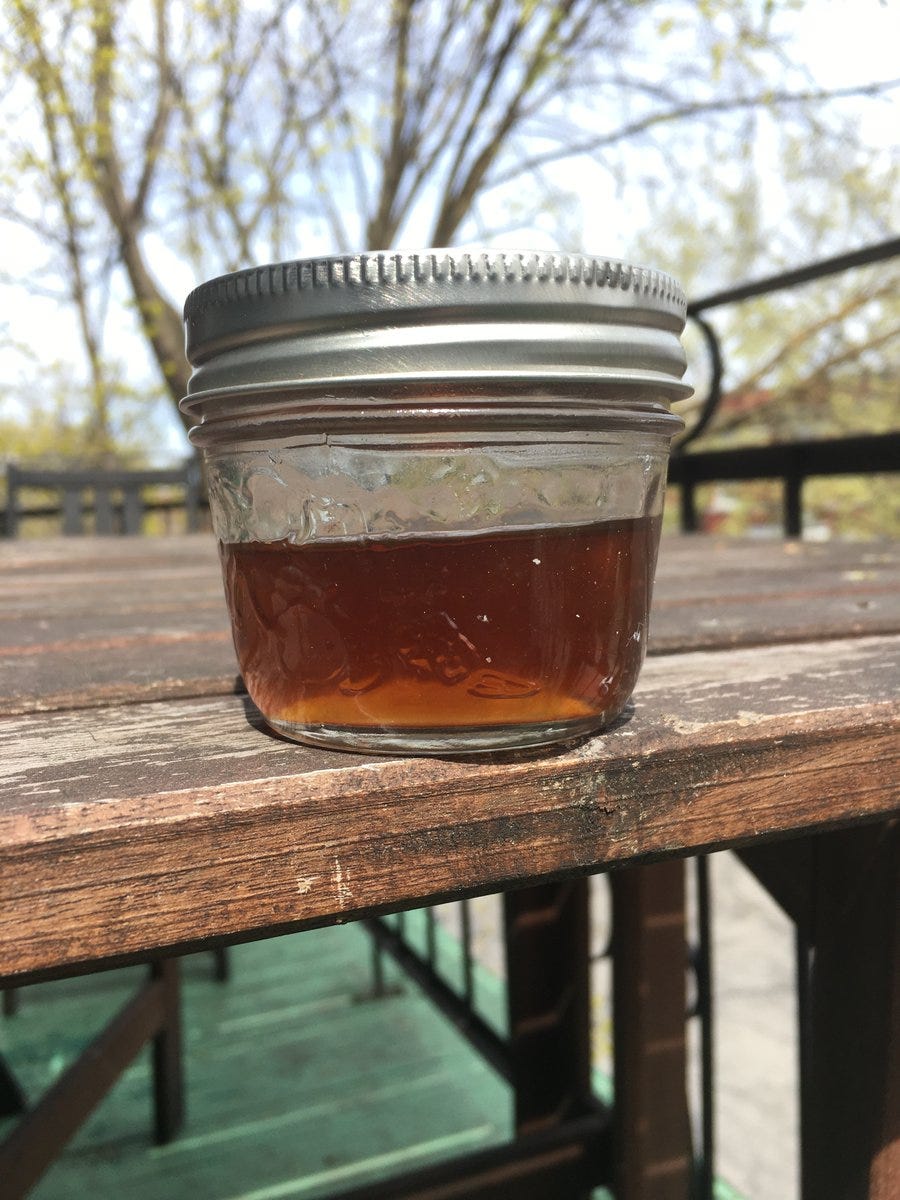
I started with small, whole sardines, purchased frozen from a Portuguese grocery store in #Montreal. They were frozen, so I let them thaw—they’re small, sprats as the British call them, so thawing didn’t take long.
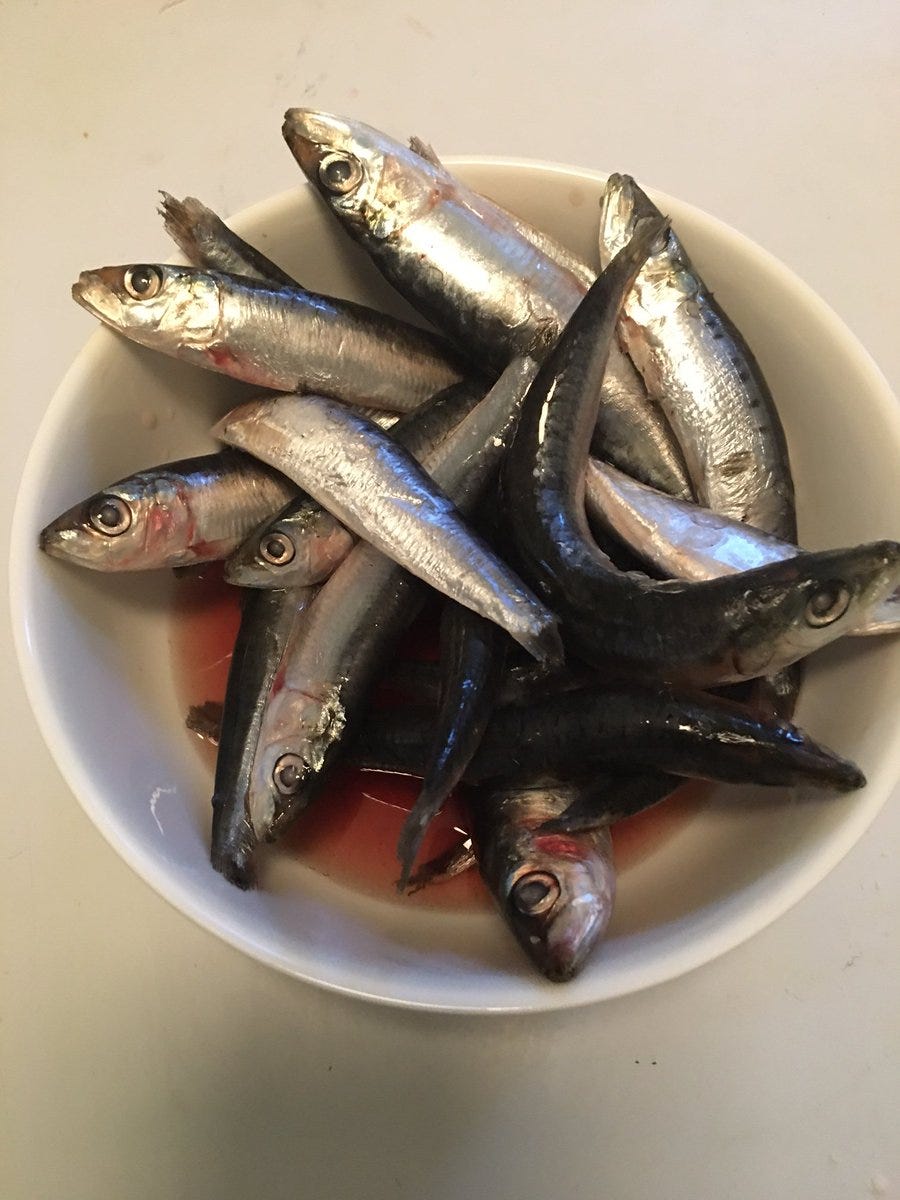
Then I added salt, "Pope's Salt" from Cervia in Italy, to be exact, but any sea salt will do: 20% of the weight of the fish, or 77 grams.
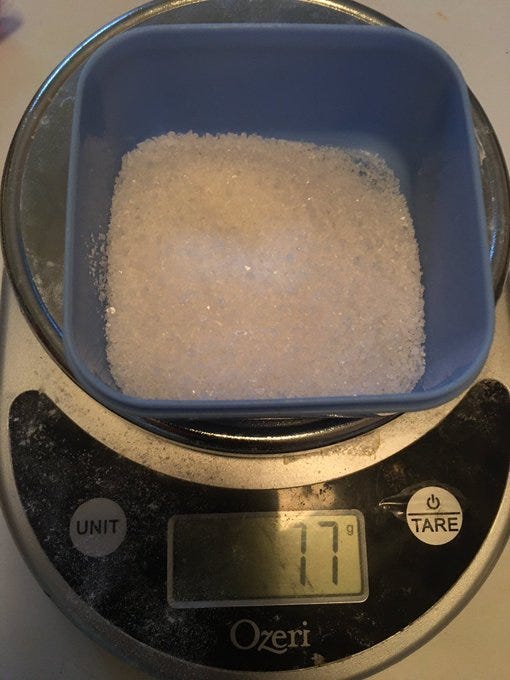
I salted the fish after a couple of cuts with a sharp knife to expose the viscera...
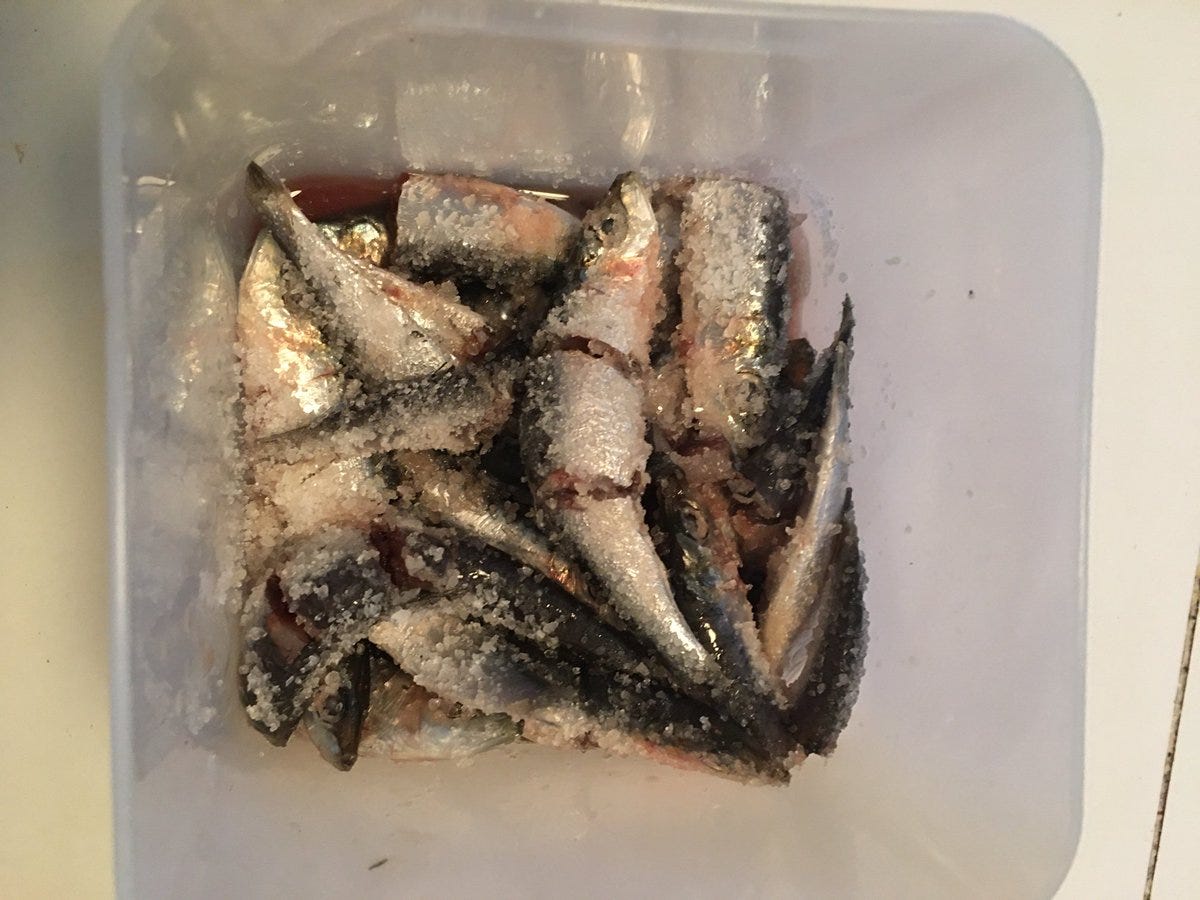
The challenge was replicating Mediterranean summer temperatures in Canadian climate. Solution was suggested by my friend Fernando Medrano of Vancouver: Use a seedling mat, also known as a plant propagator, with a thermostat. The ideal temperature turned out to be around 31 degrees C (that’s 87.8 F for you stubborn Imperialists).
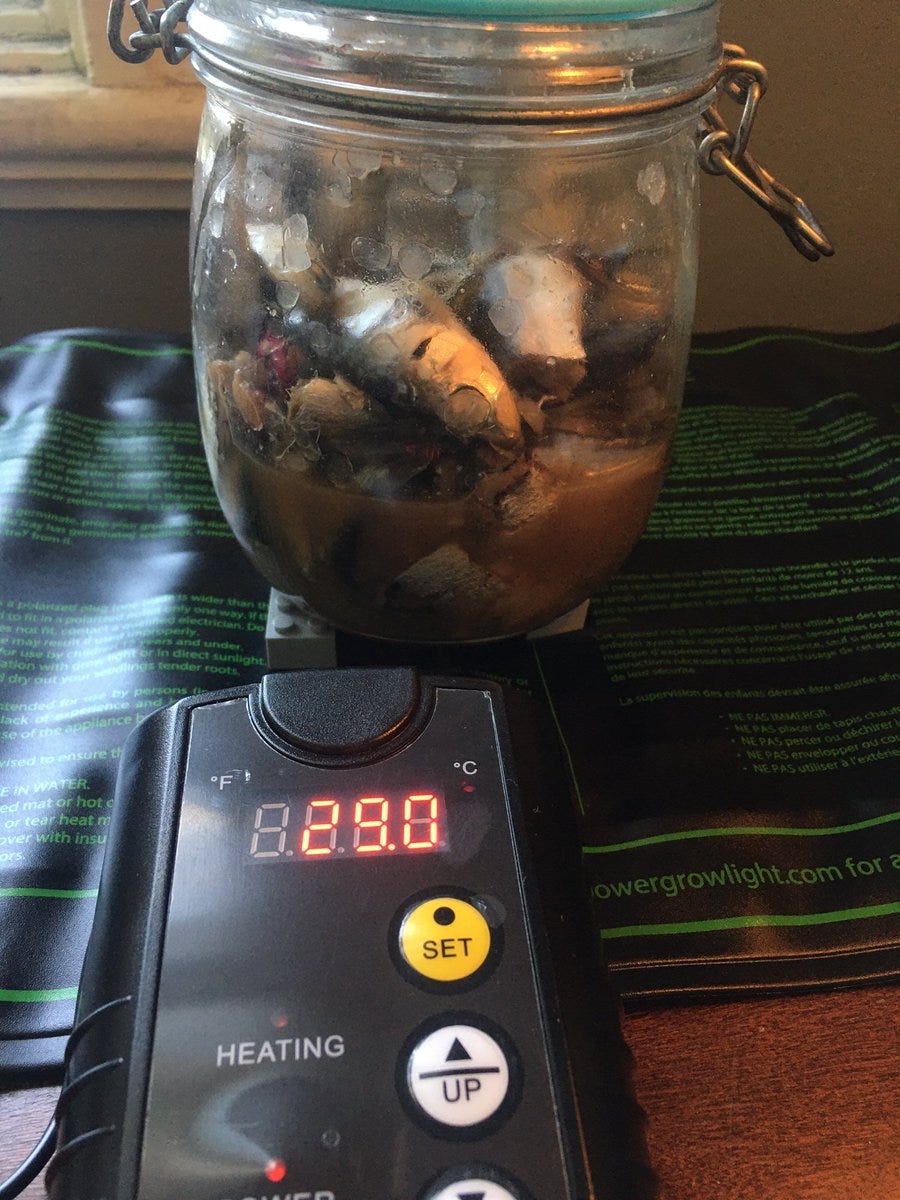
The salted sardines were placed in a Mason jar (Kilner jar to those in the UK). I closed it, and put it on top of the heated mat in one of those insulated Coleman camping coolers to maintain a constant temperature. Then I put the cooler in a corner of the apartment...
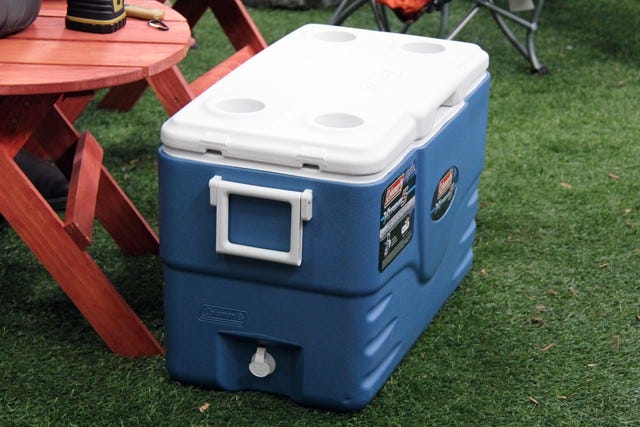
Ancient recipes call for 3 months' fermentation (in open vats, under the Mediterranean sun); modern Asian fish sauces are fermented for 12 months+. I let mine go for about 3.5 months, with shakes of the jar every couple of days to keep everything mixed.
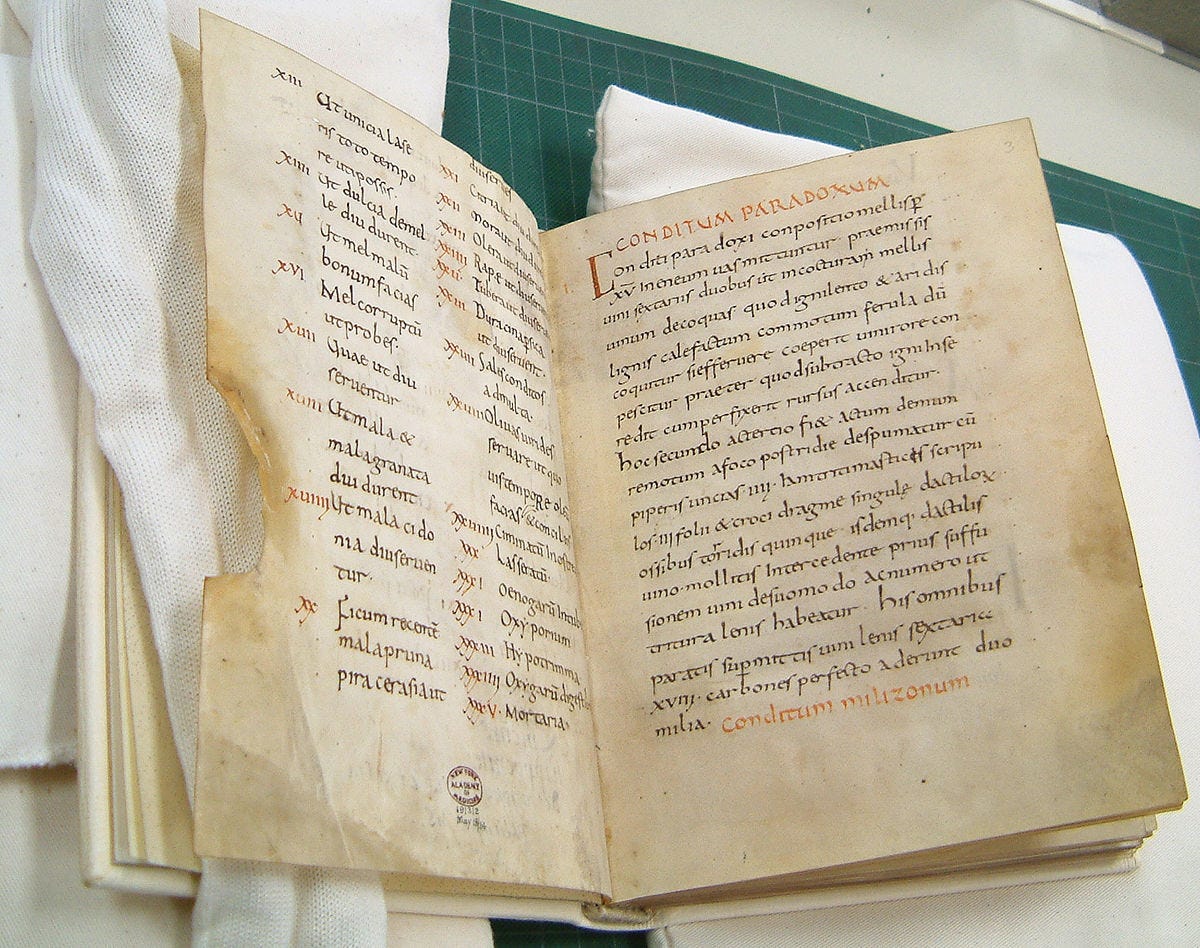
How did it turn out? All will be revealed, cricket. Watch this space for Pt. 11: The Garum Strikes Back.

